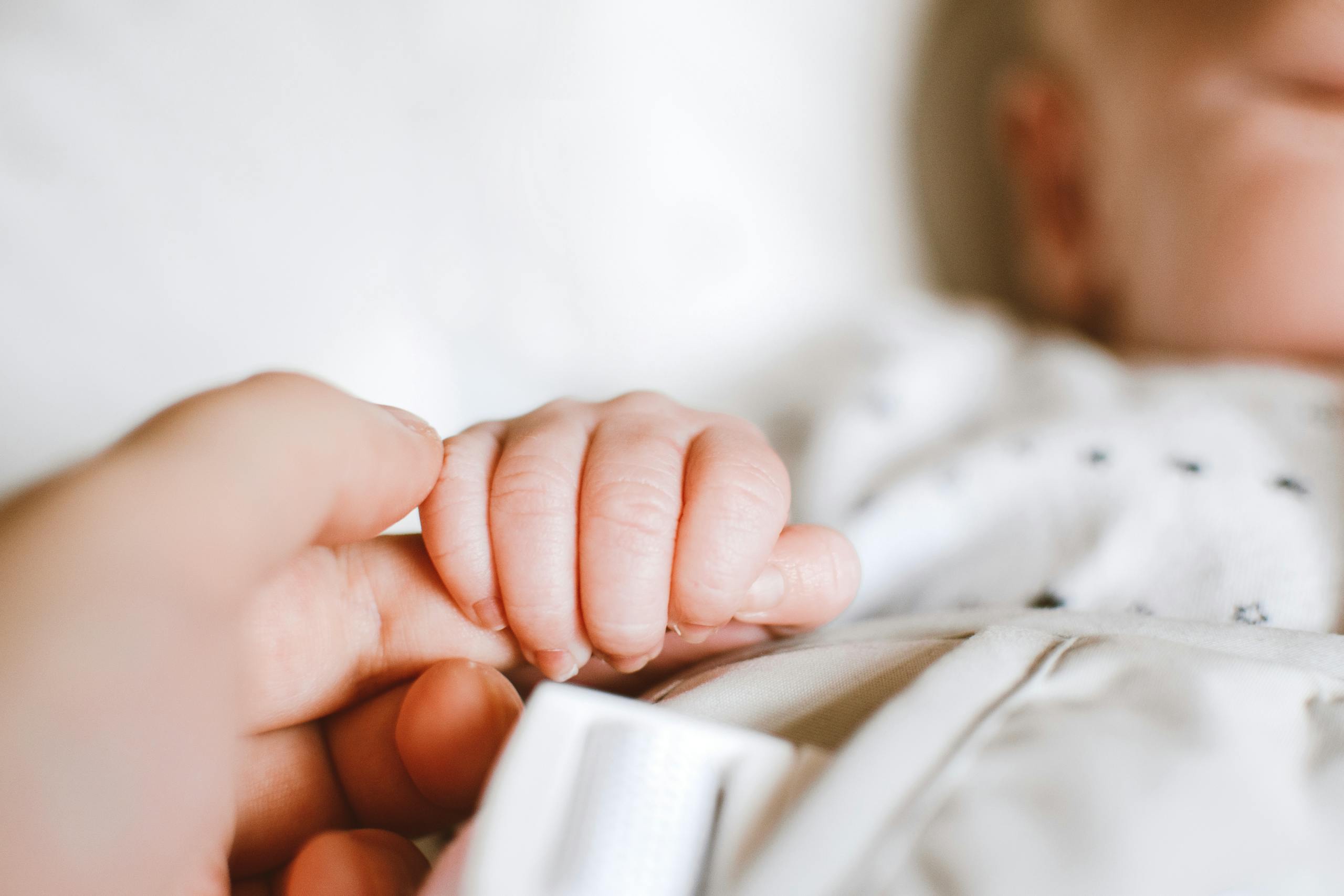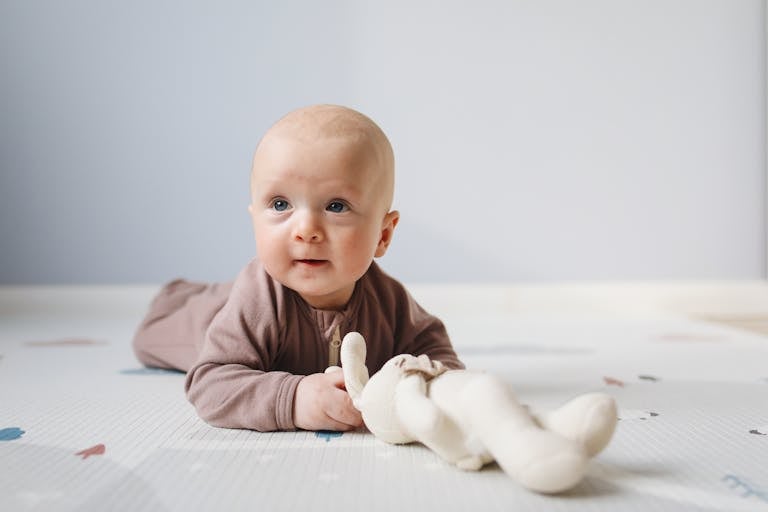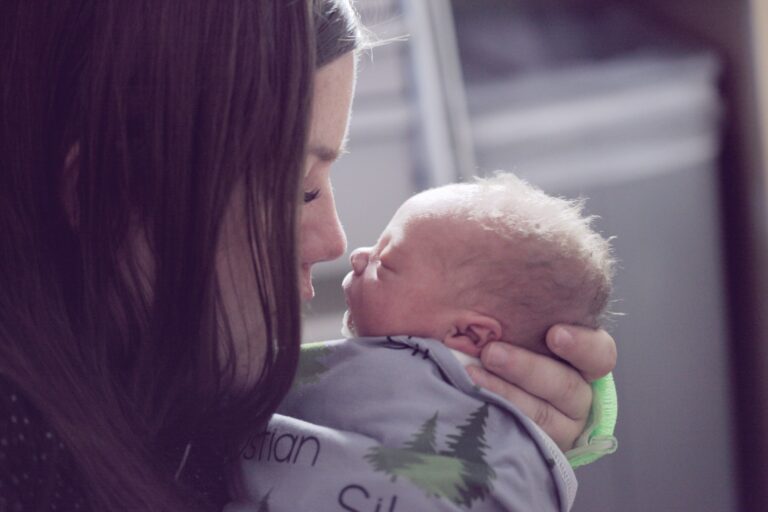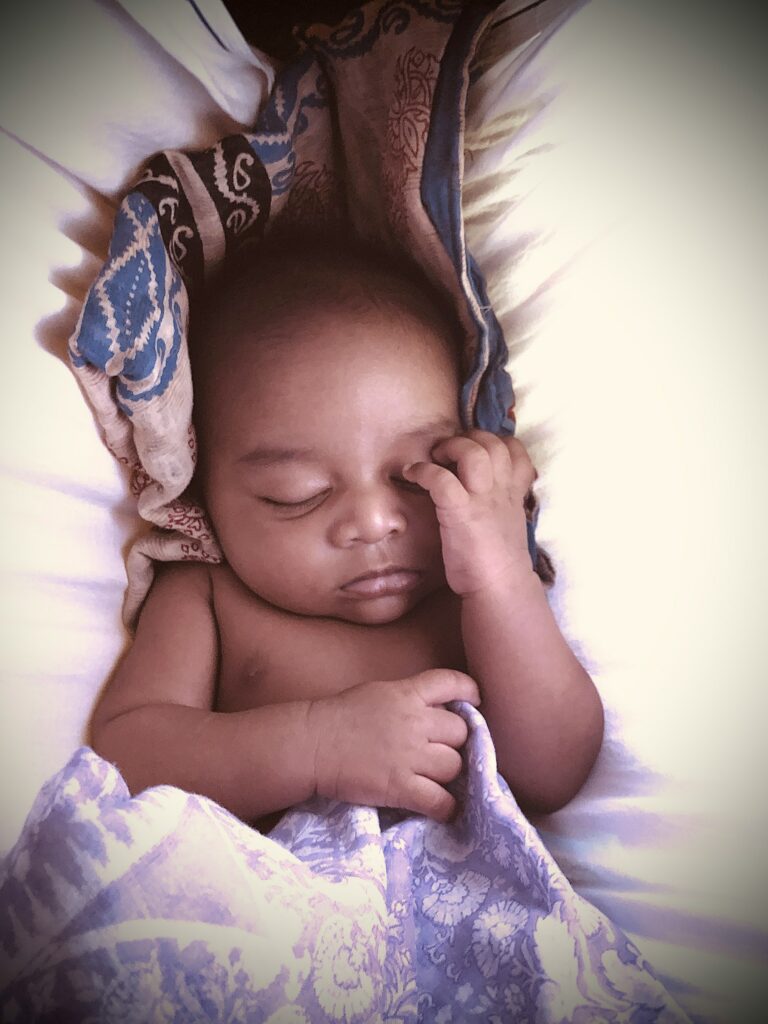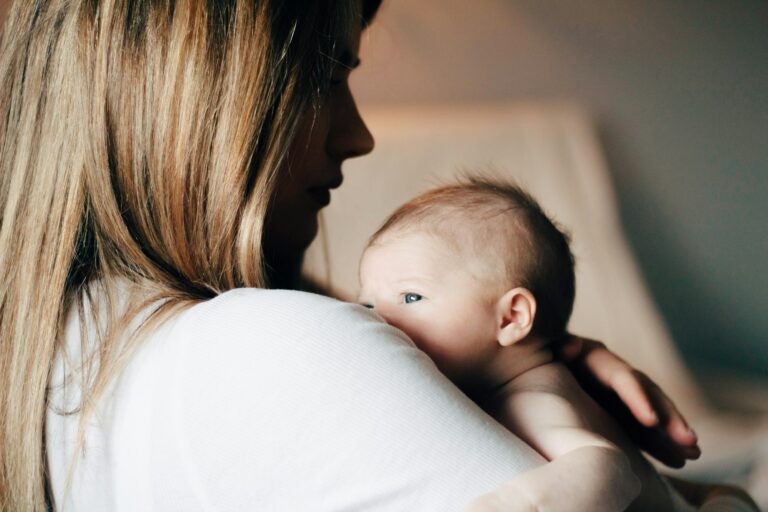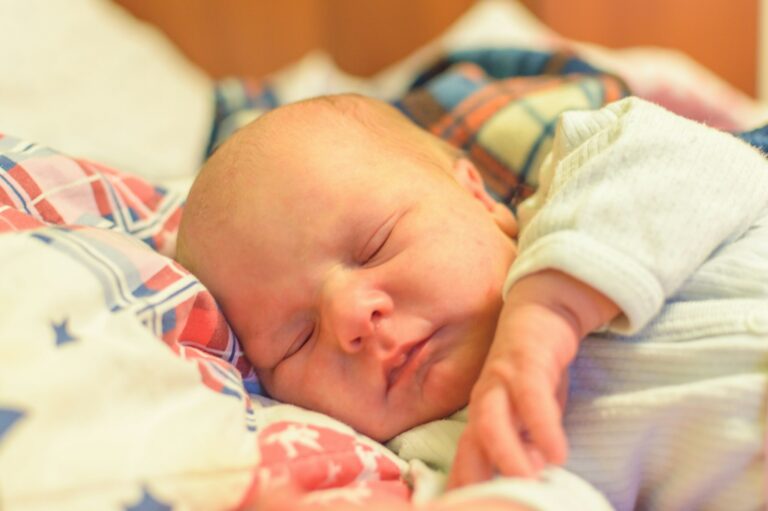Ever watched tiny fingers wrap around your thumb with astonishing strength, almost defying their delicate appearance? The grasp reflex is one of nature’s most remarkable early marvels, equal parts endearing and mysterious to parents anxiously deciphering the hidden messages nestled in their newborn’s movements. Questions quickly arise — is this strong grip normal? When will it fade? Could its absence signal something you should discuss with your pediatrician? These are more than idle curiosities. They reflect a parent’s perfectly reasonable concern for their child’s neurodevelopment, as well as a desire to nurture healthy growth, day by day, milestone by milestone. The journey into understanding the grasp reflex weaves together evolutionary biology, neurology, and the nuanced art of parenting. Expect answers, practical steps for everyday life, and expert-backed reassurance without platitudes.
What Is the Grasp Reflex? A Window Into Early Brain Development
The grasp reflex (sometimes called the palmar reflex) is an instinctive, involuntary tightening of your baby’s fingers or toes when their palm or foot is lightly stroked. Why does this happen? In medical language, this reflex is “primitive”—and for good reason. Present from birth, it emerges thanks to neural pathways running through the spinal cord and is mediated by the median and ulnar nerves before higher-level cortical inhibition develops. During those first months, your baby’s nervous system is still a work in progress: imagine a city of blinking lights being hooked up one at a time. The grasp reflex lets you glimpse this construction in real time.
But there’s more. Many researchers believe this automatic grip once had a fascinating evolutionary function—allowing tiny infants to cling to caregivers for safety and warmth. Modern babies rarely have to clutch for dear life, but the presence of a grasp reflex signals a healthy central nervous system and underscores the importance of early parent-infant bonding. If you’ve ever felt that first powerful grip, you know: it’s more than a reflex. It’s an early form of connection.
The Science Behind the Reflex: How Does It Work?
The circuitry is as sophisticated as it is swift. When gentle pressure touches the skin of a baby’s hand or foot, sensory receptors send signals through peripheral nerves, racing toward the spinal cord and the lower brainstem—completely bypassing conscious, voluntary brain centers. Babies, whose primary motor cortex and frontal lobes are still under construction, don’t yet have the inhibitory “brakes” to override this instinctual response. The result? Fingers clamp down, sometimes gripping so sturdily that it can even hold the baby’s weight for a moment.
With time—typically between 4 and 6 months—maturation of the brain’s higher regions, especially the prefrontal cortex, tip the balance. Reflexes that once ruled the playground quietly vanish, making way for purposeful, voluntary movements. Should the reflex linger beyond this age, or if one hand grips much more strongly than the other, it can be a hint to check with your pediatrician about potential neurological development concerns.
Types of Grasp Reflexes: Palmar, Plantar, and Beyond
- Palmar grasp reflex: The crowd favorite. Place your finger in your baby’s palm; their fingers will curl tightly around it every time.
- Plantar grasp reflex: This related reaction occurs when the bottom of your baby’s foot is touched—notice the toes curling down, a sign the system is firing normally.
- Babinski reflex: A fascinating contrast. Stroke the outer sole, and the big toe lifts while other toes splay outward. This primitive reaction fades later, typically by age 2, offering pediatricians another benchmark of neurodevelopment.
Medical professionals assess these primitive reactions with simple but exacting techniques: careful, symmetric stimulation and observation, looking not only for the presence of the reflex but also noting if it’s weaker, stronger, or persists longer than is typical.
Milestones: When Does the Grasp Reflex Appear and Fade?
Starting its subtle choreography in the second trimester—yes, even before birth—ultrasounds sometimes reveal these movements in utero. At delivery, especially in full-term infants, a robust grasp reflex reassures physicians that core neural pathways are intact. This grip usually begins to fade as the months pass, melting away between 4 and 6 months, coinciding with the blossoming of intentional movements—look for your baby beginning to explore and reach for toys with curiosity.
For premature infants, the reflex may be fainter or delayed. Rather than a verdict, this often reflects overall neurodevelopmental maturity. Individual timetables vary, so attentive monitoring and adaptation are far more helpful than calendar checkpoints.
From Reflex to Intentional Motion: Pathways to Fine Motor Skills
Here’s the extraordinary upshot: what begins as an automatic grasp reflex lays the foundation for the myriad fine motor skills that underpin everything from self-feeding to writing. As the reflex integrates (medical jargon for “fades and transforms”), voluntary motion emerges. Clumsy, charming attempts to grab a rattle morph into precise, coordinated pincer grips. Encourage this evolution without pressure—present textured toys, offer varied objects to explore, and marvel as your child’s hand-eye coordination blossoms. Not every day needs to feature targeted stimulation, but regular, affectionate interaction takes your baby further than any formal exercise ever could.
Clinical Insights: What the Reflex Tells Medical Professionals
Pediatricians pay close attention to the grasp reflex — not just as a developmental curiosity, but as a highly informative neurological sign. A symmetrical, solid grasp shows healthy connections between the brainstem, cortex, and the muscles. If the reflex is absent from birth or re-emerges later in childhood (or adulthood), this may suggest issues such as developmental delays, injuries, or cerebral palsy. Both persistent and absent reflexes have clear implications: prompt, gentle evaluation can open the door to early support.
Occasionally, deep stimulation might provoke unusual reactions tied not to the grasp reflex but to broader autonomic responses—very rare, and usually associated with other systemic concerns.
How and Why the Reflex Changes Over Time
This shifting dance between primitive spinal activity and emerging cortical control is a template observed across all early reflexes. As inhibitory circuits in the frontal cortex rev up, automatic responses subside. However, if damage occurs—through disease, developmental disorder, or injury—the reflex may stubbornly persist or startlingly reappear. Adults recovering from a stroke, for instance, may again showcase a pronounced palmar grasp reflex, revealing the intricate lacework between brain structure and motion.
Practical Strategies for Parents: Supporting Healthy Development
- Light touch: Gently stroke your baby’s palm or sole, offering moments of tactile wonder and self-discovery.
- Varied sensory experiences: Let little hands roam across soft cloths, textured rattles, and surfaces both smooth and bumpy.
- Tummy time: Essential not just for muscles, but for stimulating free exploration and experimentation with grip and release.
- Limit restrictive devices: Car seats and swings have their moments, but plenty of free movement fosters healthy reflex integration.
- Celebrate small triumphs: Whether reaching, rolling, or transferring toys from hand to hand, every milestone is a leap forward in neural and muscular maturation.
When Should You Seek Medical Guidance?
Pediatric attention is warranted if:
- The grasp reflex is missing entirely at birth.
- There is a strongly persistent, lopsided, or unusually forceful grip after 6 months.
- Delays in hand use or global movement milestones surface.
- The reflex appears in older children or adults following brain injury.
Early professional insight can offer not just reassurance but meaningful guidance for the road ahead.
Early Intervention: Supporting Growth When Reflexes Persist
Should an unusual grasp reflex pattern persist, occupational and physical therapists have a toolbox brimming with tailored strategies—sensory play, movement exercises, and monitored activities that gently encourage voluntary control. Early, individualized therapy can boost confidence, independence, and daily function, especially for children embracing life with neurodevelopmental differences.
When Reflexes Persist: Everyday Realities and Professional Support
For children managing lingering reflexes, everyday activities—dressing, eating, or playing—can turn into challenges requiring patience and creative approaches. Sensory sensitivities may walk hand-in-hand. An empathetic occupational therapist can transform daily routines into opportunities for progress, offering hope and concrete, pragmatic solutions.
The Grasp Reflex in Special Situations and Other Species
Premature infants, children with genetic or developmental differences, and adults recovering from neurological injuries all may display unique versions of the grasp reflex. Far from random, these variations provide invaluable information about nervous system integrity and function—guiding nuanced, adaptive care.
In an evolutionary twist, this reflex appears across many mammals: primate newborns, for instance, rely on a formidable grip to stay connected to their mothers in the wild, underscoring both our biological kinship and the ongoing relevance of primitive reflexes.
New Frontiers in Research: Technology and Genetics
The world of neonatal neurology is evolving at breakneck speed. New sensor-based tools are being developed to finely assess primitive reflexes like the grasp reflex, shining a light on the interplay between genetic background, environmental influences like preterm birth, and the timing of developmental milestones. Innovations in neurorehabilitation offer fresh possibilities for both assessment and supportive therapy, providing more personalized pathways to integration and growth.
Key Takeaways
- The grasp reflex is a compelling, instinctive movement that offers parents and professionals a glimpse into early brain and nervous system development.
- A strong, symmetrical reflex from birth, gradually fading by 4 to 6 months, is a reassuring milestone—its persistent presence or early absence can provide early insights requiring attention.
- Simple, interactive touch, safe play, tummy time, and attentive observation all support your baby’s transition from reflexive to voluntary action.
- Should questions or worries arise, you have access to caring professionals and rich resources. For personalized guidance and free health questionnaires for your child, consider discovering the Heloa app—reliable support in your pocket.
- Every baby charts a unique developmental course; understanding, encouragement, and collaboration with healthcare providers are the most powerful tools you have. Let science—and trust in your instincts—guide your journey.
Questions Parents Ask
Can you do anything to stimulate or strengthen the grasp reflex in your baby?
You can gently encourage your baby’s natural grasp by offering your finger or soft objects to hold, always in a calm and playful manner. Introducing a variety of safe, textured items for your baby to explore can support hand development, while keeping interactions enjoyable and stress-free. Remember, everyday moments like holding hands or letting your baby touch different sensations are already helping those tiny muscles and nerves grow. There’s no need to focus on exercises—just let your baby’s curiosity and need for touch guide the way.
Does the grasp reflex have any role in breastfeeding?
Absolutely, the grasp reflex can play a supportive role during breastfeeding. The instinctive grip helps babies hold on to their caregiver or clothing, fostering closeness and security, which may make feeding times more comfortable for both of you. This skin-to-skin contact and bonding are just as important as the mechanics of feeding, creating moments that nurture emotional connection alongside physical nourishment.
Is it normal for the grasp reflex to be different between a baby’s two hands?
It’s quite common to notice small differences from one hand to the other, especially in the early weeks. However, if you observe a clear, persistent difference in strength or consistency between the two hands, or if one hand seems much weaker, it can be helpful to mention this gently to your healthcare provider. Most variations are harmless, but attentive observation and open communication help support your baby’s unique development in the best way possible.
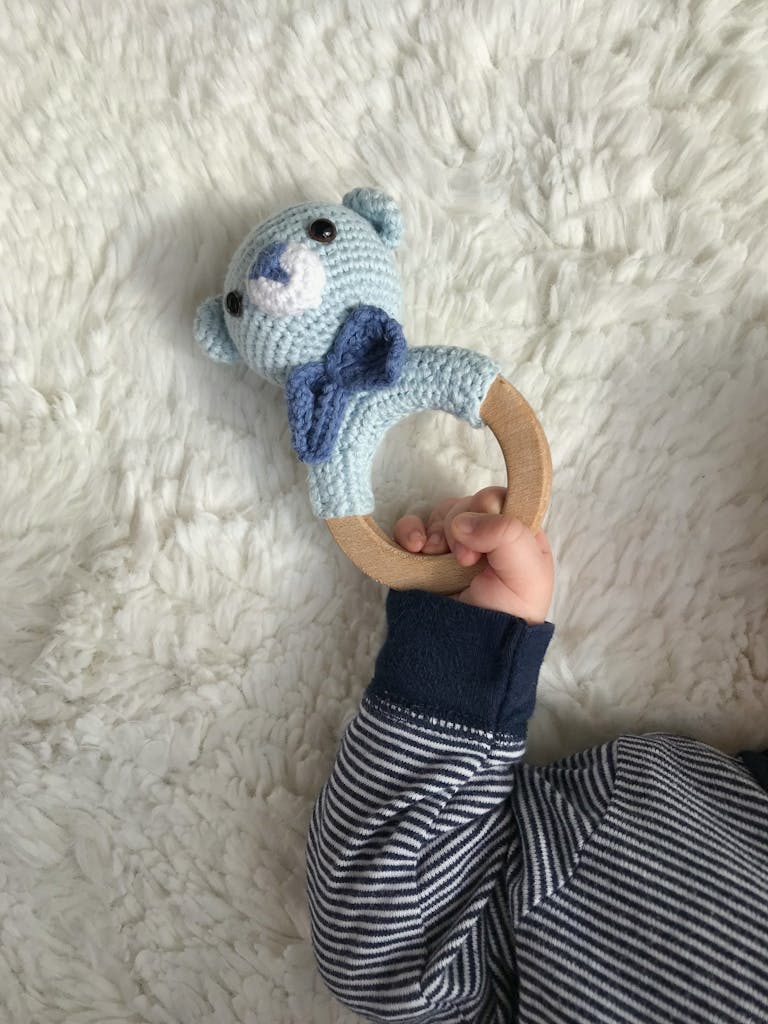
Further reading:

